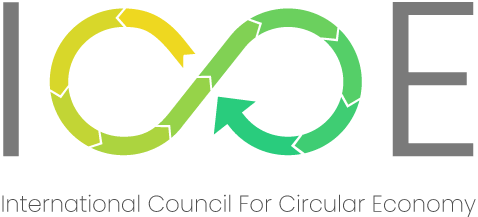Fashion for Good has revealed the seven new innovators that will join its 2022 Asia Innovation Programme.
All of them are pioneering within the processing space, converting waste products using technologies including bioprocessing and microorganisms, to create dynamic solutions in dyeing, pretreatment and finishing.
“We are extremely excited to kick off our third year in Asia and continue to generate tangible impact in the region with the addition of these seven new innovations,” said Priyanka Khanna, Head of Asia Expansion at Fashion for Good. “By providing them with a platform to learn and grow, and connecting them with leading industry players, the programme offers an opportunity to drive the implementation of their solutions in the supply chain at scale.”
The selected innovators, picked because of their potential to make an impact in the Asia region, will now take part in a nine-month programme, where they will work with corporate partners and key industry players to accelerate growth.
The magnificent seven
AN HERBALS (INDIA)
An Herbals has a patented circular herbal dye extraction, herbal dyeing and bioprocessing technology, that converts waste from the forest, food and ayurvedic medicine industries to dyes that are non-toxic with self-binding, antiviral, antimicrobial, antifungal, anti odour, UV resistant and mosquito repellent properties for up to 50 washes in all textiles.
FERMENTECH LABS (INDIA)
Fermentech Labs is addressing the disposal of agricultural and forest residues, such as straw, peels and pine needles, through a patented biotechnology using microorganisms. They convert organic waste, otherwise destined for incineration, into industrial enzymes that are used for textile bio-polishing, desizing and bio-scouring. Along with reducing environmental carbon footprint, collecting these sustainable feedstocks ensures farmers have an alternative income stream.
GAIACEL (USA)
Gaiacel develops a novel dyeing innovation to make industrial rope and slasher dyeing processes sustainable and cost-effective. Their patented nanocellulose hydrogel along with dye particles sticks to textile surfaces and eliminates the need for multiple dipping, indigo reduction and additional chemicals. The process is less water and energy intensive compared to conventional indigo dyeing.
PICVISA (SPAIN)
PICVISA is an innovative technology based company that designs, manufactures and supplies optical sorting and separation equipment to recover and grade textiles. PICVISA offers advanced solutions based on robotics, artificial intelligence and vision that can classify textile, fully customised to the clients needs, by its composition and colour in an efficient and automated way.
SODHANI BIOTECH (INDIA)
Sodhani Biotech produces non-toxic chemical free natural dyes and colours from plants, plant waste and microorganisms. They produce 16 natural dye extracts using optimised extraction processes that have resulted in better yields, a wider range of shades, better water solubility and good colour fastness for printing and dyeing applications.
UKHI HEMP FOUNDATION (INDIA)
UKHI Hemp Foundation is a farm-to-market company, producing more than five hundred products from hemp, including hemp textiles, papers, bioplastics, composite, food products and medicines. They improve farmer and artisan livelihoods by training them to cultivate hemp and produce fabrics with higher hemp content using improvised fibre extraction processes.
VAAYU (GERMANY)
Vaayu is the world’s first automated carbon-tracking software for retailers, enabling businesses to reduce their footprint by providing accessible, real-time data to drive carbon-reduction at scale. By integrating with point-of-sale systems, such as Shopify, and leveraging proprietary AI and machine learning technology, Vaayu draws insights from production, sales and logistics to deliver a tangible solution in the fight against climate change and a more sustainable future for retail.
The post Seven innovators shaping the world of net zero fashion first appeared on Innovators magazine.
